Bryony releases the weather balloon
Antarctica is the coldest place on the planet, but it is warming up. At the peninsula (the pointy bit), where Rothera is, this is happening faster than anywhere else in the world. So most of the science that happens at, or from, Rothera is looking at climate change and its effect on the marine wildlife and ice.
The people who actually look to see what the climate is doing all over the world are the meteorologists. Here at Rothera there is a lot of meteorological work going on. I met one of the forecasters a few months ago, who looks at what the weather is going to do for the next new days. Meteorologists look at what it doing now and can use this data to looking into the distant future.
Every day they record what the weather is doing several times; they have to go outside and record things like the type, number and height of clouds, whether it is snowing (or sometimes even raining). Here is Rosie on the windiest day of the year seeing if it is raining outside (I stayed inside in the warmth to take the photo).
At the same time instruments check the temperature, humidity and pressure. Meteorologists all over the world are doing this to collect data.
One of the main ways of collecting data about the atmosphere is to launch weather balloons. So I went along with Rosie the meteorologist (or as they call them here “met’ babes” – even the male meterologists!) to see how this was done.
They launch balloons 4 times a week at about 8am. At the same time, all over the world, about 800 other balloons are being released, and then all the data is put together.
First we had to go and blow up the balloon. This is a huge balloon, so luckily we didn’t have to blow it up ourselves. They use helium (like in party balloons) that comes out of a canister.
Then the small computer that the balloon carries is loaded up with some information. This will transmit its height and position, as well as all the meteorological information like temperature and pressure. Depending on how cold it is the balloon can take the computer up to about 25 km.
Down here in Antarctica they are very interested in the temperature high up, as this is connected with the hole in the ozone layer. Ozone is when three oxygen molecules join up to make O3. This is not good for breathing down here where we need O2, but up high up it forms a layer that protects us from the harmful UV rays from the sun, the ones that give us sun burn.
In the 1980’s meteorologists working at Halley Station (remember I went and visited Halley) discovered that this layer was very thin above Antarctica and the “hole” was getting larger. This was a very big discovery, especially as it turned out to be human’s fault. In lots of aerosols, like spray on deodorants, were chemicals called CFCs (chlorofluorocarbons). These combine with clouds that are only created in the extreme cold of Antarctica called polar stratospheric clouds; add in sunshine and ‘Boom!’ – the O3 is destroyed.
The whole world came together to stop this from getting worse; everyone agreed to stop using CFCs. Because CFCs last so long it is going to take a few more decades for the hole to go completely, but it has stopped growing. This is great news, and scientists working at Halley for British Antarctic Survey discovered it.
When it gets very cold here I will try and get a photo of these special clouds, as they are the only type in the world made as high as the stratosphere, and they are meant to be very beautiful.
So what happened to our balloon? As Rosie was getting it ready to launch Sid tried to hitch a ride. As they don’t get the balloons back I am glad we stopped him.
Bryony and I got to release the balloon, which rushed up into the air and out of sight very quickly.
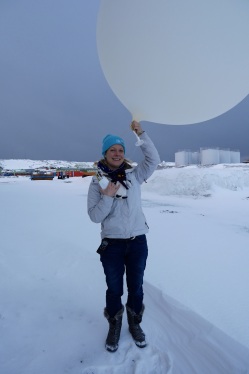
Rosie checked on the readings a couple of hours later. It got to 25km high, the lowest temperature it read was -57oC and the pressure up that high meant that our balloon had expanded to the size of a double decker bus!
I did all this a couple of weeks ago. Last week the ship RSS Ernest Shackleton came to Rothera. She brought lots of food and supplies for the winter and took all the waste and unwanted bits, as well as a lot of science, away. She also took most of the people away. There had been 60 people at Rothera for the past 2 months. Now there are just 19. These 19 people will keep the base running and some science going for the next 6 months. We are going to be completely isolated, with no ships, planes, post or anything for the Antarctic winter. Remember winter and summer are upside down here.
I will write more about the winter next time.
Here are some of my friends waving off the ship:
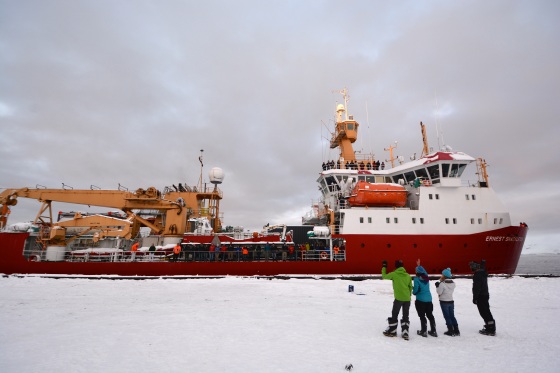
Finally, I had a question from Louise and Alice O’Boyle, who are looking after Petal and Pricilla Penguin, “How many different types of penguins have you seen now? And how many species haven’t you seen yet?
Well almost all the penguins here are Adelie Penguins, you can see photos of them in my last blog. We had a couple of lost Emperor Penguins a few months ago, and one Chinstrap Penguin a few weeks ago. There are a lot more species of penguins in Antarctica, but they don’t come to Rothera. So I think I have seen all the species that I am going to while staying here.
Now there are only 19 people at Rothera the internet is much better – so now Bryony and I can actually look at the blog! Thank you to Philip Pointon for helping out for the last few months, and I am sure we will need your help again soon. For the winter any photos and questions can be sent to Bryony and me to put on the website. Another update will be on soon.

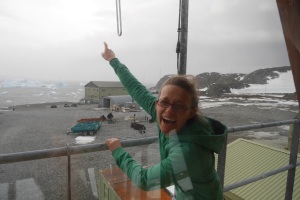
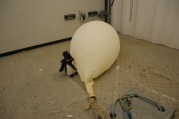
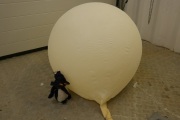
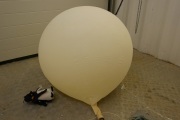
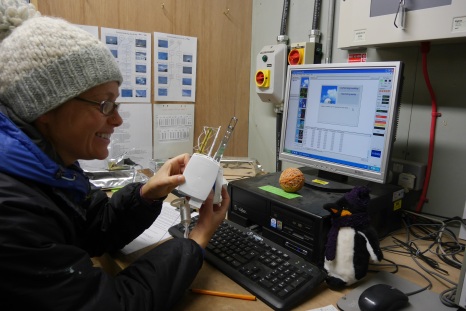
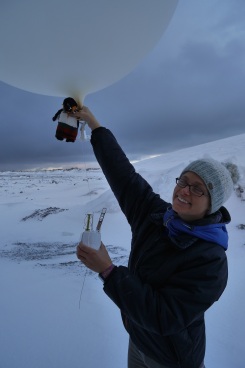
Thanks Pearl… we weren’t really sure what a weather balloon actually did before reading this! Keep warmxxx
LikeLike